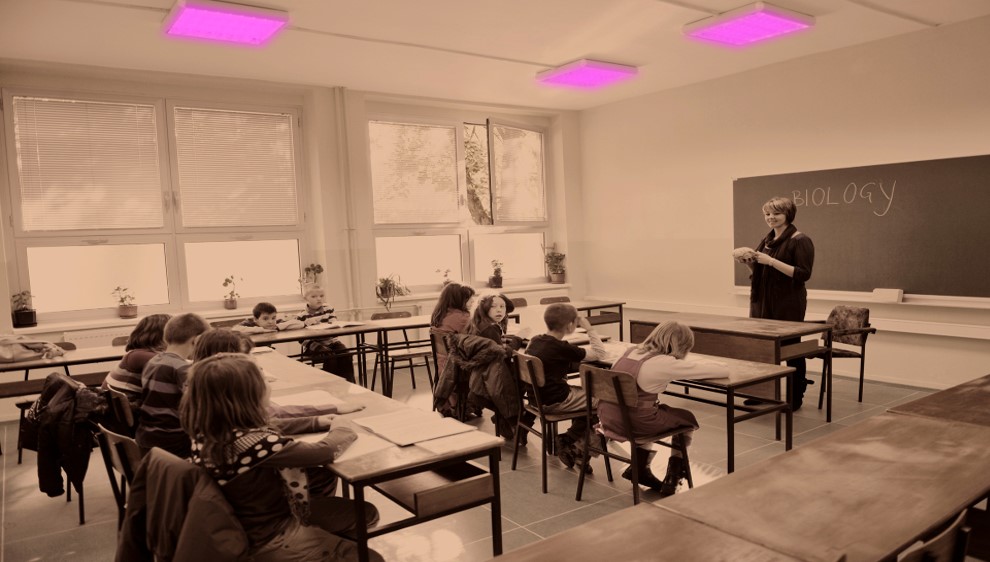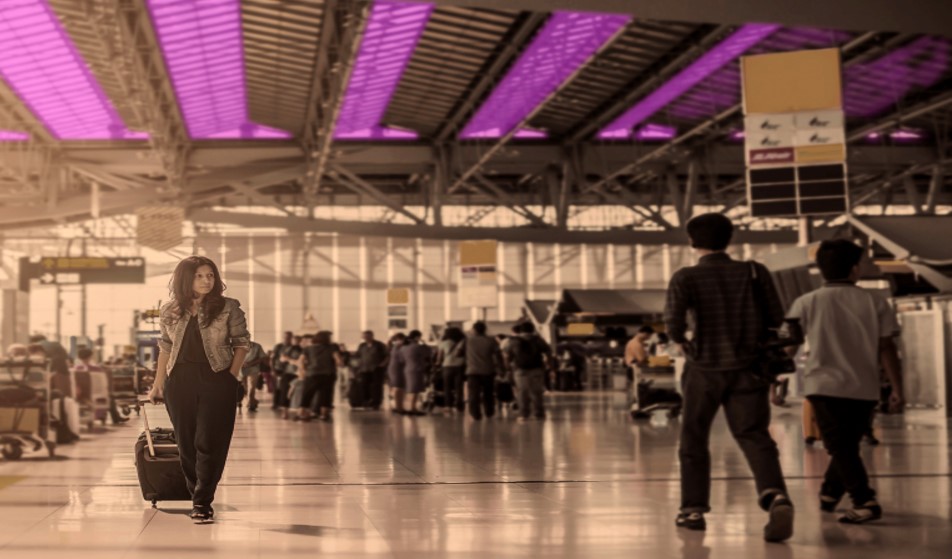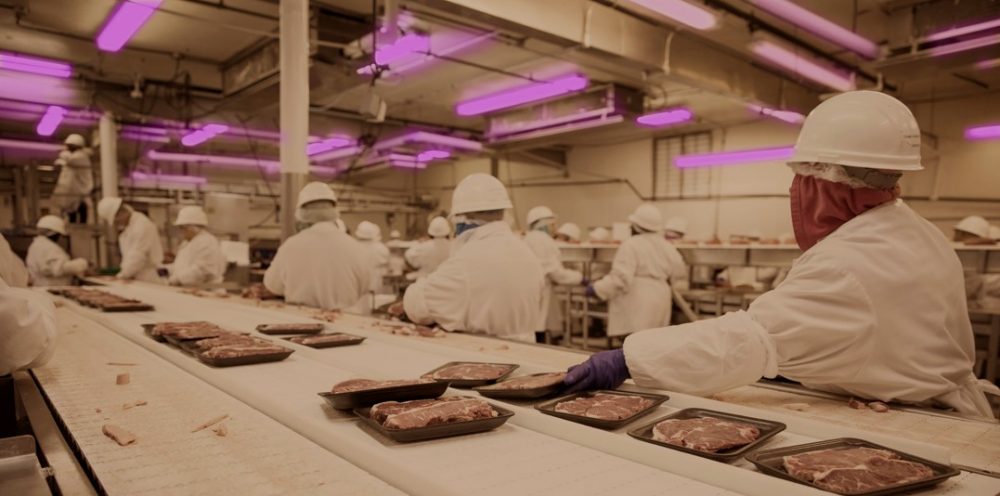ULTRAVIOLET light is the latest technology being researched to combat coronavirus after nearly £300,000 of funding has been issued for investigating its uses.
The new type of ultraviolet light, known as Far-UVC, is being investigated to see how safe and effective it would be in killing airborne viruses.
The University of St Andrews is leading the research project which is funded by the UK government and if the project is successful the technology could be implemented into public spaces.

Research, carried out jointly with NHS Tayside and the University of Dundee, has already found that Far-UVC could be safely used to disinfect air in public places.
The total funding is worth £296,000 and is split into two awards from the UK Government’s Department of Health and Social Care (DHSC) and will allow two studies to bring the technology closer to implementation.
The first grant of £160,000 will allow skin safety studies with volunteers to be carried out in clinical trials at Ninewells Hospital in Dundee.
The second award of £136,000 will allow virologists from the Biomedical Sciences Research Complex at the University of St Andrews to conduct studies at a bioaerosol facility at the University of Leeds.
The bioaerosol study will assess the effectiveness of Far-UVC light by releasing bacteria and viruses in a room-sized area and then testing the level of viral reduction.

Computer simulations run by the University of St Andrews and Fluid Gravity Engineering will also examine airflow, viral spread and Far-UVC inactivation of viruses through numerical modelling.
Lord Bethell, Health Minister at the UK Department of Health and Social Care, said: “I am delighted that we are funding this trailblazing study by the University of St Andrews.
“This could give us a brand new weapon in our fight against Covid-19, harnessing the unique power of ultraviolet light to help eliminate the risk posed by this dreadful virus.
“The UK’s approach to this global pandemic has been defined by an extraordinary ability to innovate and find new ways to tackle this disease.
“Government-backed studies like this will help us not only turn the tables on this coronavirus but improve our long-term preparedness for the diseases of the future.”

Since the research was published in Photodermatology, Photoimmunology and Photomedicine last year, a large interdisciplinary team has been created to expand knowledge on the potential for Far-UVC light.
Those involved with the research are spread across Ninewells Hospital, the Universities of St Andrews, Dundee and Leeds, Heriot-Watt University and Columbia University in New York along with local companies Fluid Gravity Engineering in St Andrews and Ten Bio in Dundee.
Dr Kenneth Wood, of the School of Physics and Astronomy at the University of St Andrews, said: “We know that Far-UVC light efficiently destroys viruses and bacteria in laboratory experiments.
“Scaling this up to room-sized environments in the Leeds facility will allow real-world testing of this new and very promising technology.”
The use of ultraviolet-C (UVC) light is already well established as a technology for the inactivation of viruses and both conventional UVC and Far-UVC light are already known to be effective at inactivating viruses like SARS-CoV-2 on surfaces and in air.
However, conventional UVC light can cause acute skin reddening and eye damage, limiting its use in occupied spaces.
Far-UVC does not appear to produce the same negative effects, and existing studies show it is likely to be safe to use in occupied indoor places.
Dr Ewan Eadie of Ninewells hospital said: “Far-UVC light has the potential to revolutionise the fight against airborne transmission of not just SARS-CoV-2 and its mutant variants, but all airborne viruses including seasonal influenza.
“However, there are a lack of human safety data and an urgent need for more safety information on this deployed technology, which our clinical trial will address.”
The new clinical trials will allow the research to investigate changes in the skin to both acute high-dose Far-UVC exposure and to repeated lower dose exposures.
